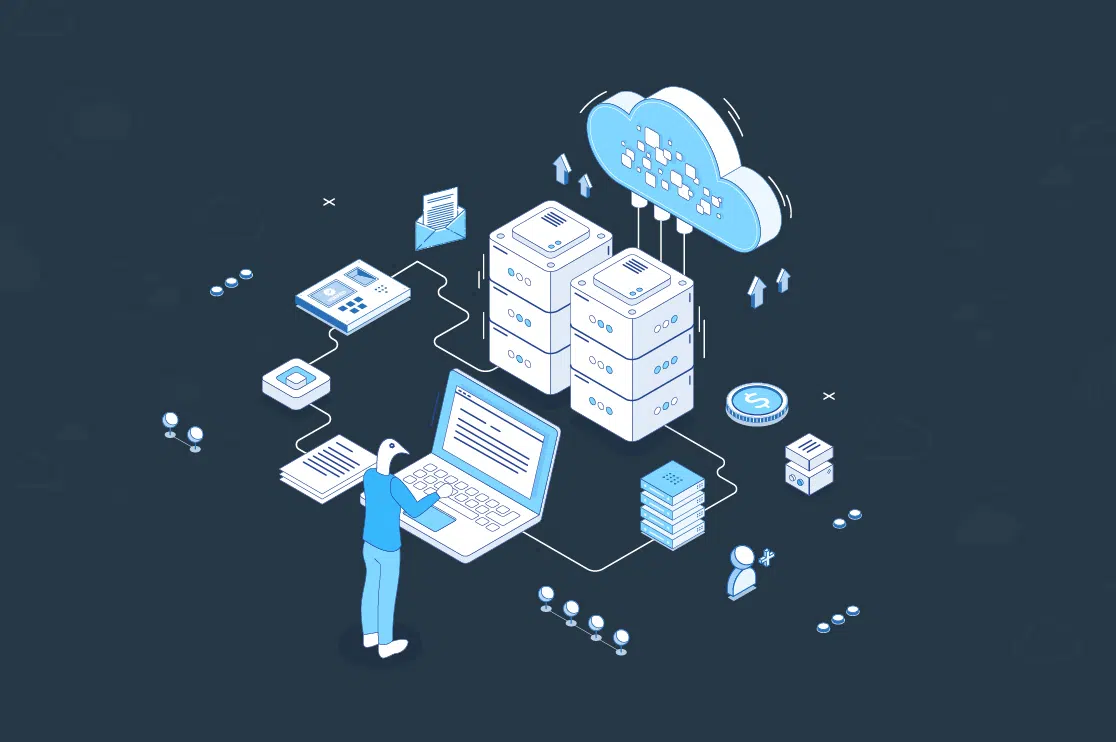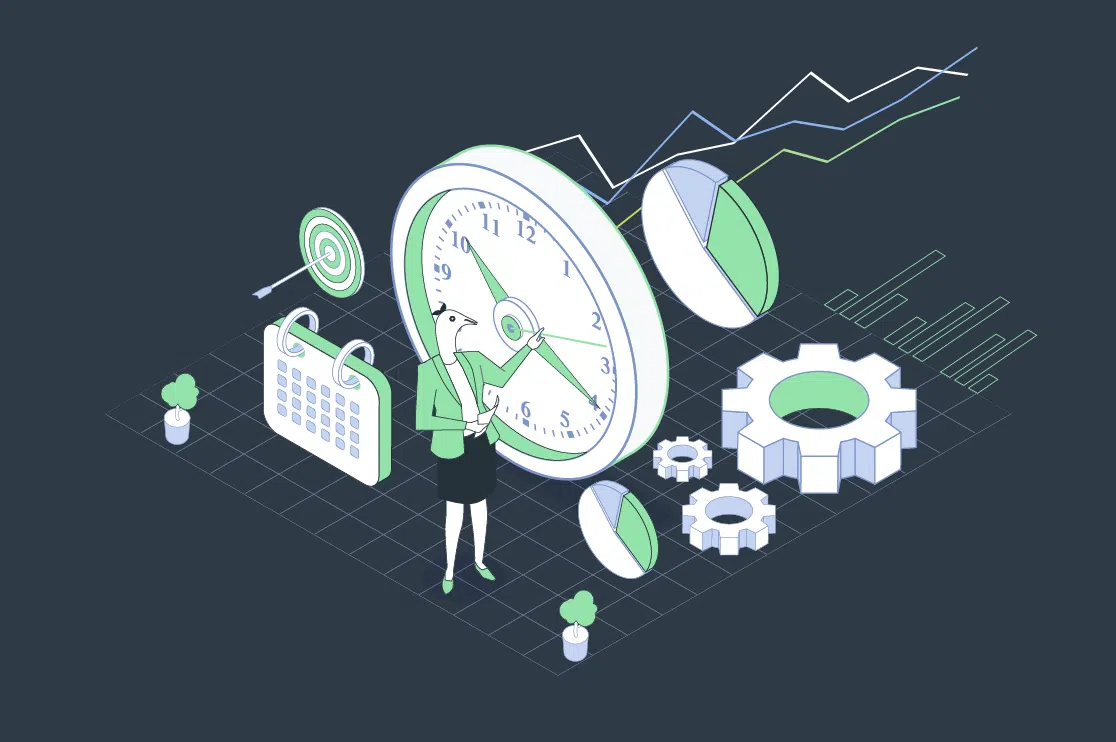Healthcare has to be outright efficient. Why? Because it saves lives. Negligence is something it cannot afford. The burgeoning demand for medical services has further made it a necessity.
Now, efficiency does not only mean spick and span systems and processes, it also means lowering the costs down. And how do you do that? You get your data right. In this article, we try to understand how healthcare reporting can act as a great tool to get all the data at one place and cut costs.
Table of Contents:
What is Healthcare Reporting?
How do you gauge the performance of systems and processes within a healthcare organization through healthcare analytics & reporting?
Healthcare reporting enables you to gain a bird’s eye view of your data. This data includes the key performance indicators such as hospital performance, patient satisfaction, etc.
The idea behind benchmarking performance of specific outcomes within healthcare is to identify the pitfalls, measure the current metrics and improve upon them.
Doing this helps to bring down the costs considerably. Not just costs, it has a lot of other benefits. Let’s take a look at them.
Connect with us for a free quote or expert consultations.
Use Cases of Healthcare Reporting
Enhanced Patient Care and Outcomes
While hospitals can learn something from the data they produce, they need a healthcare analytics company to understand, clean and utilize that data.
Once you gain clear insights about patient information, you can form better opinions about medical histories, treatment outcomes and risk factors.
This helps you to identify patterns, predict potential issues and offer personalized treatment plans.
Predictive analytics in finance is a great example of doing this with banking and finance industry.
Operational Efficiency and Cost Reduction
Operational efficiency and cost reduction are interrelated. You improve one, and the other one does better automatically. Now, if you have the capacity to analyze your data better, it directly improves your operational processes.
Let’s say, one fine day, you are able to estimate that the supply of a certain brand of medicine is more than its demand. You reduce that wastage, and voila! You have saved yourself some dollars. The same goes for other clinical supplies and healthcare products.
By analyzing data related to resource allocation and patient workflows, you remove operational bottlenecks, streamline operations, and enhance efficiency.
Quality Improvement and Patient Well-Being
Healthcare data companies can significantly improve the quality of patient care and well-being. Analyzing electronic health record data, hospitals can offer advice customized to each patient based on their medical data and biometric vitals.
Dynamic and real-time data can provide alerts in case a patient is under potential risk. Also, gaining crucial insights from numerous electronic health records data of patients, healthcare providers can improve upon their after-care service in the future.
Risk Management and Compliance
Top healthcare data analytics companies are skilled at ensuring that you meet the regulatory requirements and manage risks. How?
Well, once they analyze your data, they can let you in on a little secret- whether your organization is adhering to compliance or not.
If not, they can also help you identify the areas where you can make the improvements to fall under the same. Healthcare data analytics companies can help identify potential risks, enable proactive risk management and mitigation. Big data in healthcare also has a lot of applications.
Recommended Reading:
Healthcare Report Examples and Templates
Hospital KPI Dashboard
While there is a wealth of data, including electronic medical records and healthcare information systems, such massive data from different departments can get fragmented in the absence of a centralized hospital dashboard.
This dashboard can track key hospital analytics metrics such as treatment costs, ER wait time, patient time, etc.
Patient Satisfaction Dashboard
Patient satisfaction, evidently, is the barometer for measuring the success of a healthcare organization.
A good healthcare report dashboard in this area definitely goes a long way in understanding how good a facility is.
Insights of this nature can significantly help improve communication as well as confidence between patients and service providers. Patient waiting time, safety and satisfaction are the major metrics of this dashboard.
Patient Dashboard
Next, in our rundown of the major healthcare reporting dashboards is the all-important patient reporting dashboard. With this one, you get an essential tool for accurate and efficient decision-making.
This report includes metrics like bed occupancy rate, equipment utilization, and average drug cost per patient per stay.
How Does the Future Look?
Bright, to put it in a word. With the emerging trends in healthcare analytics, machine learning, predictive analytics, and artificial intelligence hold great potential for the future.
AI algorithms can analyze vast amounts of data, figure out the patterns, and give actionable insights at a much faster pace. Similarly, predictive analytics with the help of models will anticipate patient needs, identify high-risk patients and optimize resource allocation.
Also, real-time healthcare reporting and hospital analytics will become more prevalent. Real-time monitoring of patient data will help detect early issues, disease outbreaks, and treatment responses.
That being said, to do all this efficiently, one would need help from top healthcare analytics companies who are adept at scrutinizing data.
How Can BluEnt Help in This?
Our strong domain expertise, a fine clientele and a “can-do” approach to problems is what keep us ahead. Elevate your operational efficiencies and cut down on healthcare expenses with our cutting-edge data analytics solutions. Read more about our data analytics services here.













 How Financial and Accounting Services by BluEnt Drive Business Growth in the Digital Era?
How Financial and Accounting Services by BluEnt Drive Business Growth in the Digital Era?  Secure Gift Cards: Top Tips and Strategies’ to Safeguard Personal Information
Secure Gift Cards: Top Tips and Strategies’ to Safeguard Personal Information  Cloud Data Engineering: Infrastructure and the Road Ahead
Cloud Data Engineering: Infrastructure and the Road Ahead  Real Time Analytics: Facets, Insights, and Use Cases
Real Time Analytics: Facets, Insights, and Use Cases 
